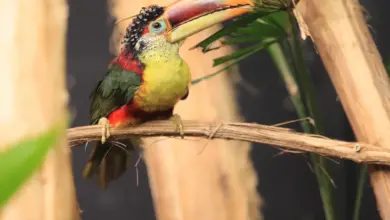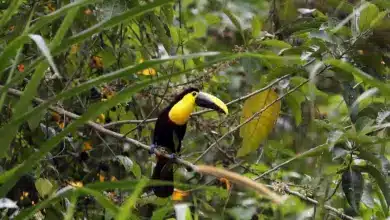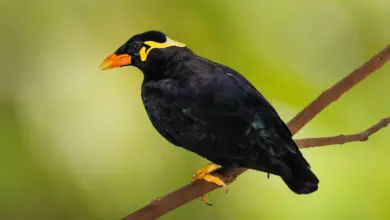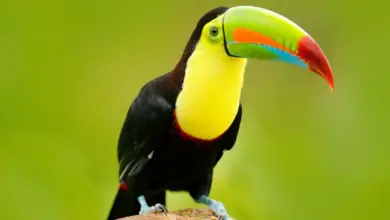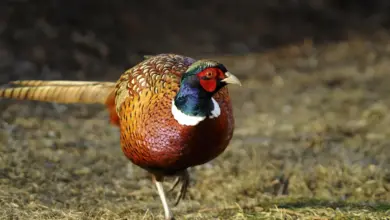Most nightjars may feed at any time of the day (especially if it is overcast) or at night (with a full moon or near street lighting). However, they are most active and mostly feed, near dawn and dusk (crepuscular – active during the twilight).
At dusk, they often fly around livestock to feed on insects swarming around the animals. At night, they like to take advantage of insects swarming around street lamps or other artificial light sources.
They are keeping their large, 2-inch wide, gaping mouths open as they fly through clouds of small insects.
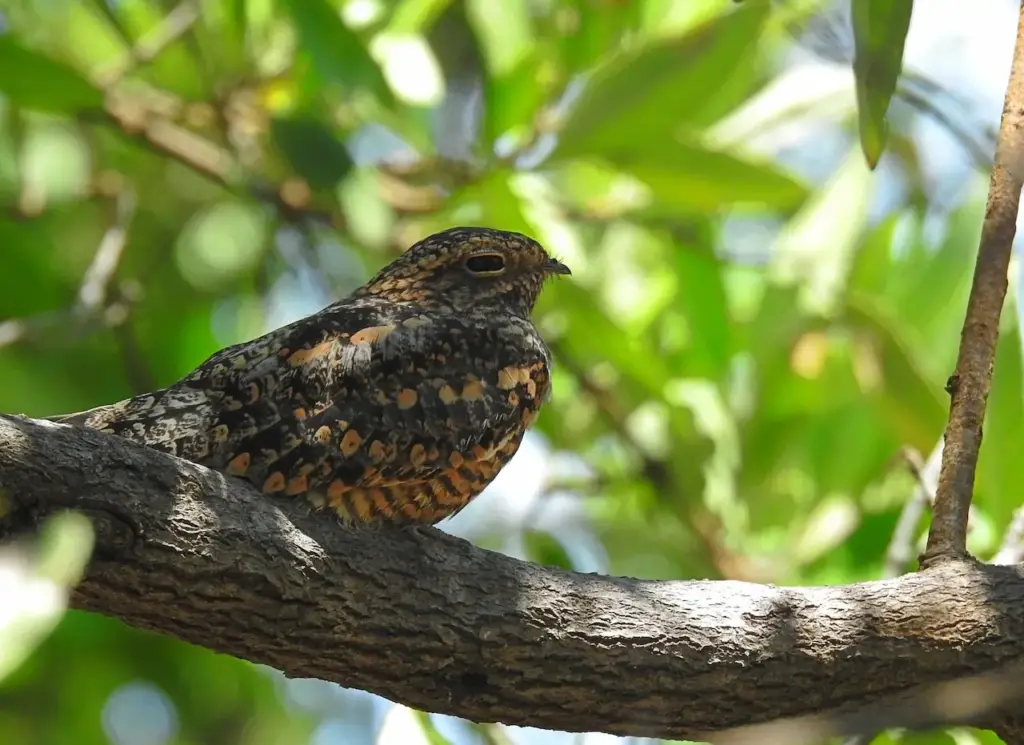
Nightjars may also forage under the canopy by flying from favored perches catching insects at foliage heights of 5 – 15 feet (~1.5 – 5 m). Larger insects are usually taken back to their favored feeding perches. While holding the insects in their bills, nightjars keep the head upright, shake and swallow the prey whole, or they may break the insects apart before eating. Insects may also be taken from the ground or foliage. Juvenile nightjars typically sit on the ground before making short jumps or flights to capture insects.
The bulk of their diet consists of flying / swarming insects, such as mosquitoes, flies, beetles, winged ants, moths and grasshoppers.
They capture insects mid-air with their large, 2-inch wide, gaping mouths, and swallow them whole.
They drink while flying slowly over a water surface scooping up water with their wide beak.
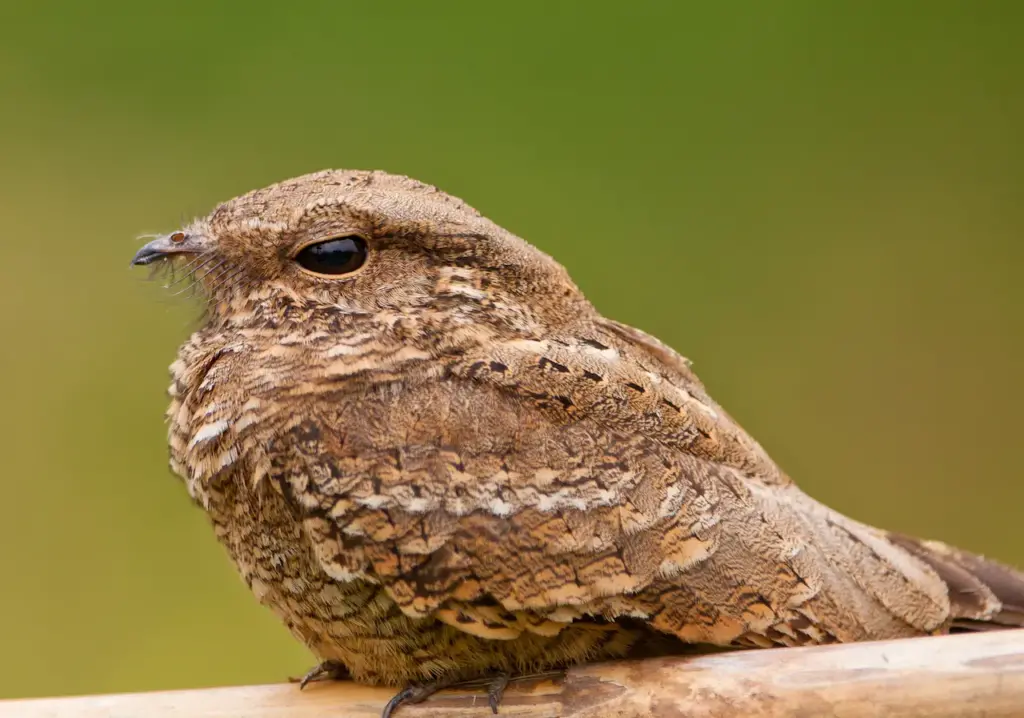
Like other nightjars, they have special physical adaptations that facilitate foraging at night and catching prey in mid-air, for example:
- The beak has evolved to be much wider than it is long, and it opens wide both – vertically as well as horizontally. The resulting big gaping mouth allows it to more easily scoop up insects in flight.
- Its large eyes are placed on each side of the head (laterally) – which significantly increases its visual field.
- A reflective membrane behind the retina (tapetum) enhances its vision at night by augmenting the light-gathering ability of its eyes.
- They also have forward-facing whiskers that may either help them funnel food into the mouth or protect the eyes.
